Gas price hike
While it is crucial to meet IMF conditions, complying will only serve to push Pakistan further down the debt cycle
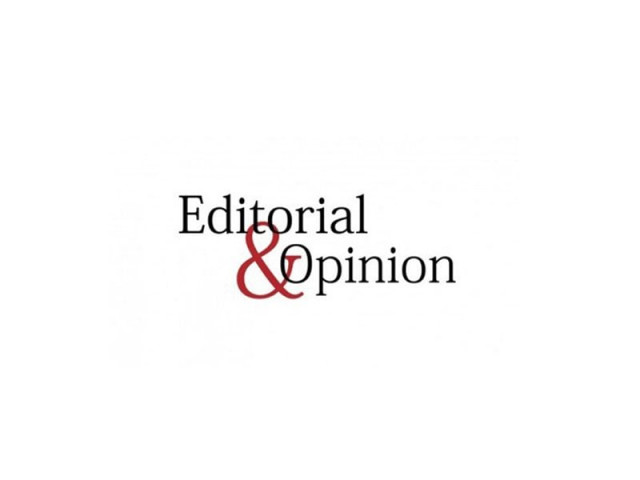
The Economic Coordination Committee of the cabinet has approved a summary, presented by the Petroleum Division, to raise gas prices. The average increase in gas rates will be around 25 per cent, against the 31 per cent proposed. It will generate around Rs510 billion in the next fiscal year, Rs23 billion more than the requirement of the two gas companies at Rs487 billion. The surplus will go towards addressing previous circular debt.
The government has divided the gas prices over six different slabs for the different consumer groups. At the bottom are the basic domestic consumers who use 50 cubic metres or less of gas per month. The government has decided to keep tariffs for the first slab unchanged at Rs121 per million British thermal units (mmBtu) or a maximum bill of Rs285.
But for the second slab, which uses up to 100 cubic metres, the price will surge by 190 per cent from Rs127 per unit to Rs369 per unit and will see their bill go up from Rs572 to Rs933. There are similar increases in subsequent slabs.
The government has gone to some lengths to protect those at the very bottom of the pile but it comes at some considerable cost. With corresponding increases in power prices and the diminishing value of the rupee, these increases will particularly hit the middle class quite hard. The economic growth of a country depends on its middle class, however.
Not only that, it will add a greater cost to producing goods, which could make them uncompetitive against cheaper alternatives made by competitors.
While it is crucial to meet IMF conditions to secure the $6 billion loan, complying with such conditions will only serve to push Pakistan further down the debt cycle, not out of it.
Published in The Express Tribune, June 28th, 2019.
Like Opinion & Editorial on Facebook, follow @ETOpEd on Twitter to receive all updates on all our daily pieces.



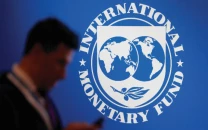
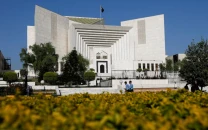
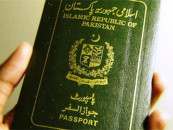

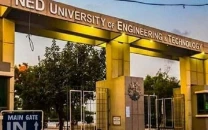






COMMENTS
Comments are moderated and generally will be posted if they are on-topic and not abusive.
For more information, please see our Comments FAQ